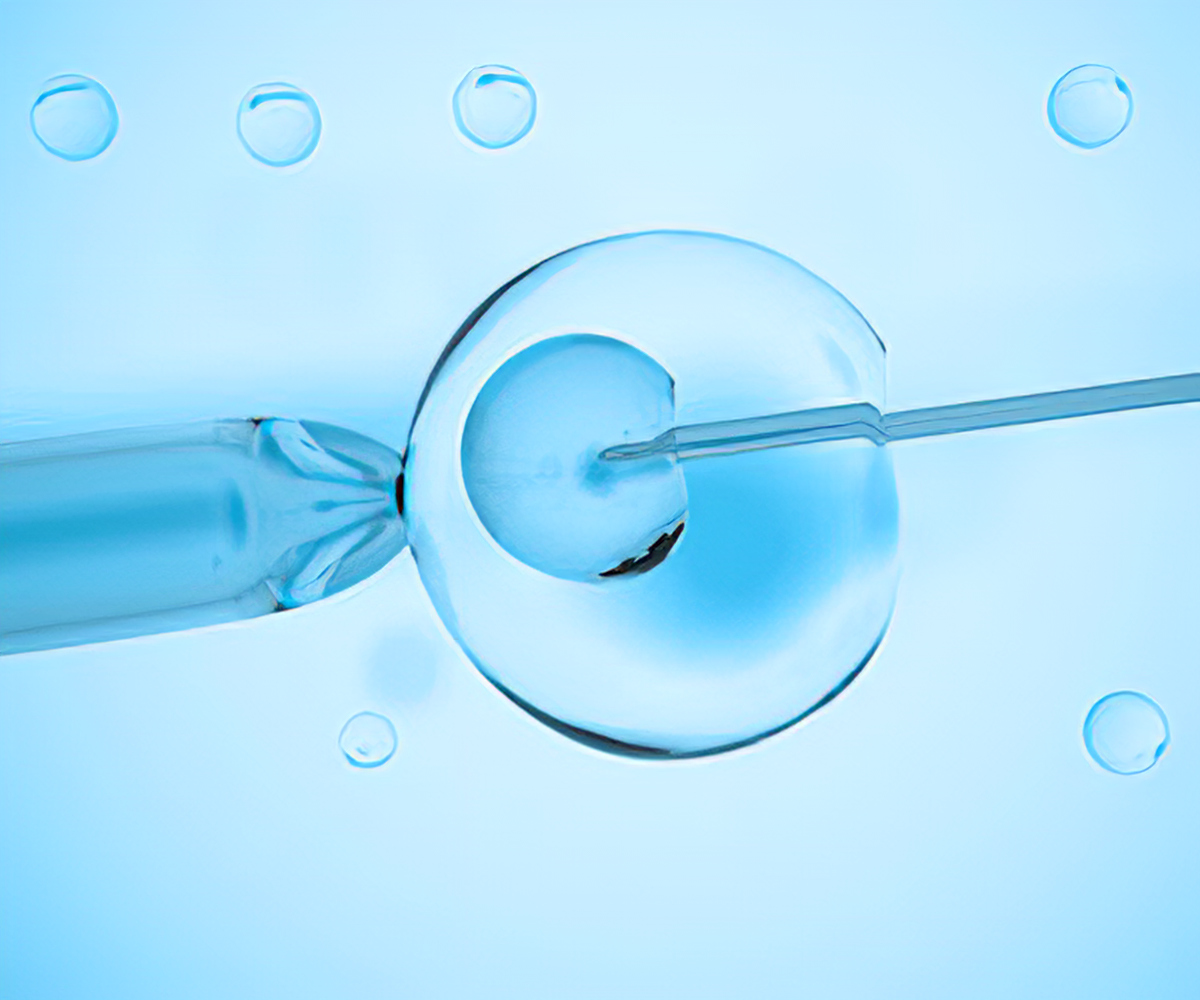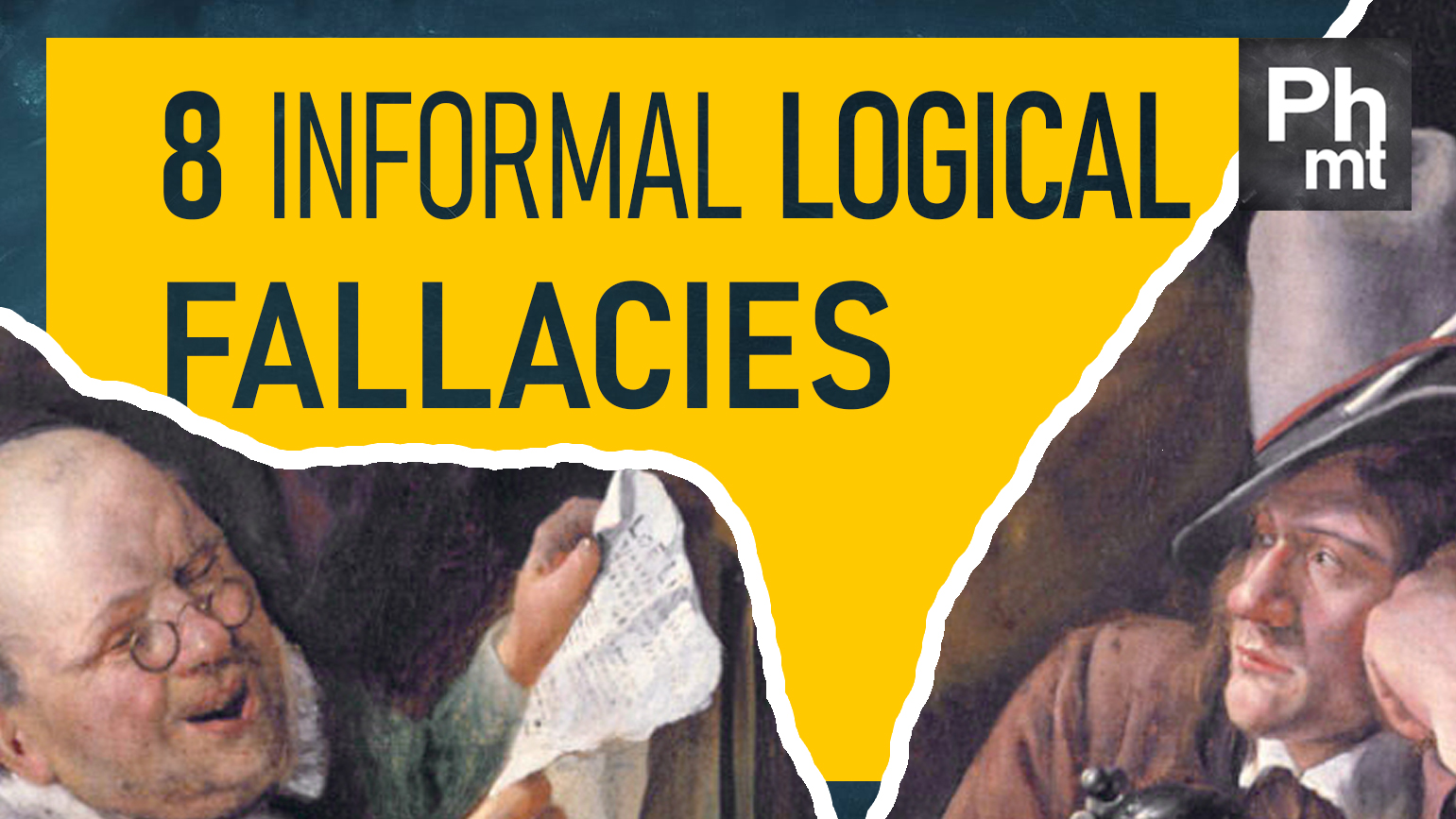Assistive reproductive technology
When we do applied philosophy, we take philosophical ideas and apply them to current situations and affairs. When these situations and affairs are ethical in nature, we are doing applied ethics.
Issues concerning the beginning of life surround the creation of new life. Assistive reproductive technology is technology that helps people reproduce themselves, bringing new human beings into existence. Such technology includes IVF, surrogacy, and cloning.
Defining the terms
IVF
In vitro fertilization occurs outside the woman’s womb. A Latin term, in vitro means, quite literally, in glass. Therefore, in vitro fertilization is fertilization that happens in a laboratory. Since the world’s first successful IVF in 1978, the technology is now offered in several countries.
The process involves taking a number of ova (eggs) from a woman’s ovaries, with sperm from a donor who may or may not be the intended father. These are then placed in a petri dish for fertilization. Sometimes, if the sperm is too weak, the sperm is directly injected into the ovum.

If all goes well, some of the retrieved eggs will become fertilized (they become a zygote), and as they start growing turn into embryos. One or two of these healthy embryos will finally be transferred to the uterus, in what is called an embryo transfer.
Surrogacy
Surrogacy (or substitution) is the term given to pregnancies in which a fetus develops in a uterus other than that of the mother who will raise it. The pregnant woman acts as a carrier, or surrogate, for a child that will be brought up by someone else.
A traditional surrogacy is one where the surrogate gets artificially inseminated with the father’s sperm and carries the pregnancy to term (till birth), and then delivers the baby to the parent or parents to raise. In a traditional surrogacy, the surrogate is the baby’s biological mother. That is because she donates one of her own ova to be fertilized by the father’s sperm. Donor sperm may also be used.
In a gestational surrogacy, the woman carrying the fetus is not the biological mother. In this case, the term used for the surrogate is sometimes gestational carrier. In a gestational surrogacy, perhaps because of medical, genital, or biological issues, the would-be parents opt to use a gestational carrier who carries their fertilized embryo to term. The ovum is usually fertilized in the lab and then implanted into the uterus of the carrier.
Altruistic surrogacy refers to pregnancies in which the surrogate gestates the embryo out of generosity. In most such agreements, the surrogate would be a close relation to the intended parents, and is either a family member or a close friend.
Cloning
For moral consideration, there are some distinctions to be made between:
- natural and artificial cloning,
- and between therapeutic and reproductive cloning.
Natural clones are organisms that come into existence without human intervention. Several plants, fungi and even animal species are capable of reproducing asexually by making clones of themselves, including jellyfish. Identical twins are another type of natural clones, where a fertilized single ovum splits in two; identical twins share all of their genes and are always of the same sex.1
Artificial clones are clones created by human beings. Back in 1996, Dolly the sheep became the first documented case of a cloned mammal. In this case, geneticists took the nucleus from a cell of an adult sheep and put it into an ovum with its nucleus removed, after which they implanted the resulting, modified ovum into the uterus the sheep, making it pregnant. The ethical issues around cloning often relate to the artificial cloning of human beings.
Artificial cloning can be split into two types: therapeutic and reproductive.
The aim of therapeutic cloning is to create embryonic stem cells having the same DNA as the donor cell. Stem cells are the body’s building blocks from which cells divide to create specialized cells that have a specific function, such as muscle cells, brain cells, or bone cells. Stem cells may have a radical effect on how we understand the body and treat diseases. One could, theoretically, generate new muscles or organs to replace sick or injured ones. Unlike donated transplants, which are susceptible to being rejected by the body’s immune system because it detects they are from a different organism, these grown organs would have the exact same DNA as the patient’s.
Reproductive cloning is the process and result of creating an identical genetic copy of an organism, through asexual reproduction. In this case, the offspring would inherit an exact, full set of genes from a single parent.
Applying Moral Theories
One argument in favour of assistive reproductive technology is the view that reproduction is a human right. If help exists that can aid people in fulfilling that human right and become parents, then that help should be used to overcome medical obstacles. Moreover, should anyone want to limit procreative choice, then they have the burden of proving that ART causes substantial harm.
Another argument in favour is that infertility should be treated like an illness or a disability. Therefore, IVF, cloning, and surrogacy can bring enormous benefits to childless couples, effectively addressing this “illness” or “disability.”
Yet another argument is that exercising the right to reproduce, including the right to reproduce via assistive reproductive technology, is an exercise in individual autonomy. Fundamental to this is the view that we should be able to choose how to conduct our own life without interference. For instance, Glover (1977) argues that we should be allowed to make our own choices over what medical treatment we receive.
An objection to assistive reproductive technology, and reproductive cloning in particular, is the idea of genetic determinism. This states that we, as individuals, are determined by our genes. It reduces the self to a molecular entity, equating us and all our social, historical, and moral complexity, with our genes.2 In other words, it is a reductivist view stating that a person’s destiny is completely determined by his or her biological makeup.
This contrasts with the view that we are a product of both our genetics and of other external factors, what is called nature vs nurture. In a nurtured view of human beings there are more things at play that make us who we are, other than genetics. Our environment, upbringing, and life experiences, or the things that we get from the world around us influence our behaviour. Vaughan elegantly rebuts genetic determinism by saying that Einstein’s clone would have Einstein’s genes, but would not and could not be Einstein.
Another objection to ART is that children become a manufactured commodity. A commodity is a basic economic product that can be bought, sold, or traded. Parents can “buy” a child by paying for, say IVF, just as they pay to buy a car, a house, or a diamond ring.
A reply to this is that parents who opt to adopt also have to “buy” their child at a cost running thousands of euros, so if we had to be consistent, we would also object to traditional adoption.
This could be countered by pointing out that, unlike IVF or other ARTs, adoption revolves around children who already exist. Therefore, these children are in a state in which they will benefit enormously from being given a family.



